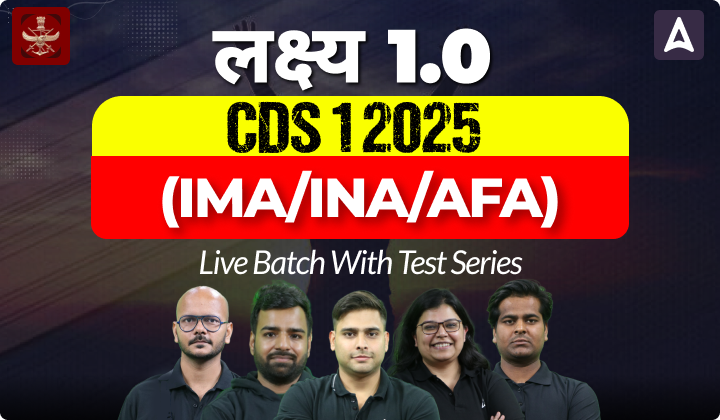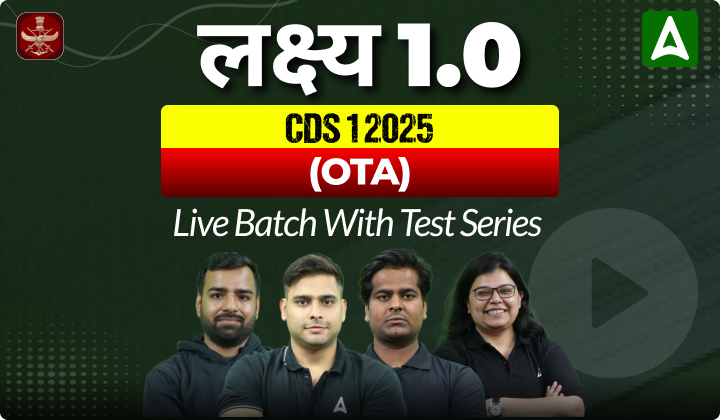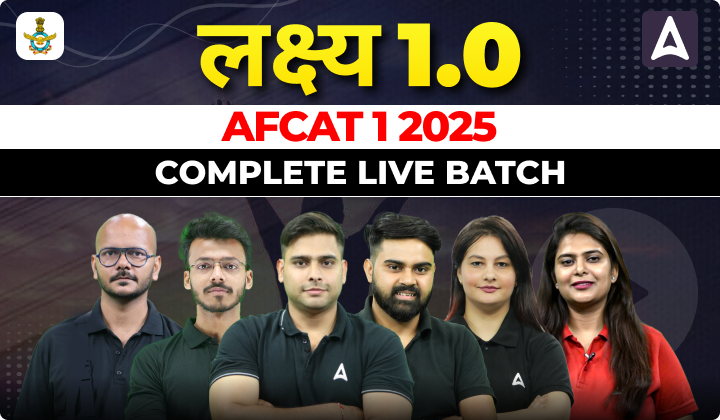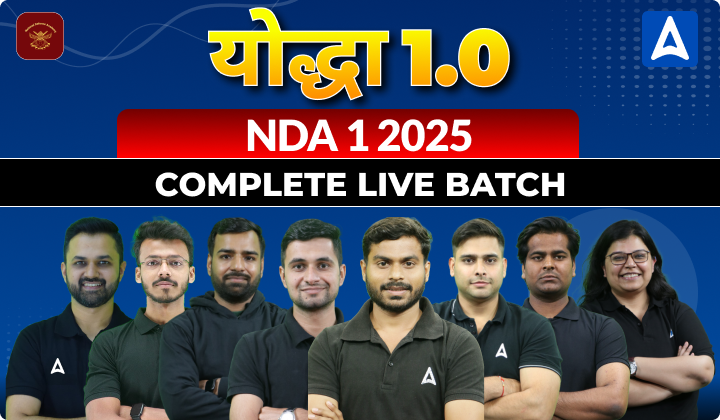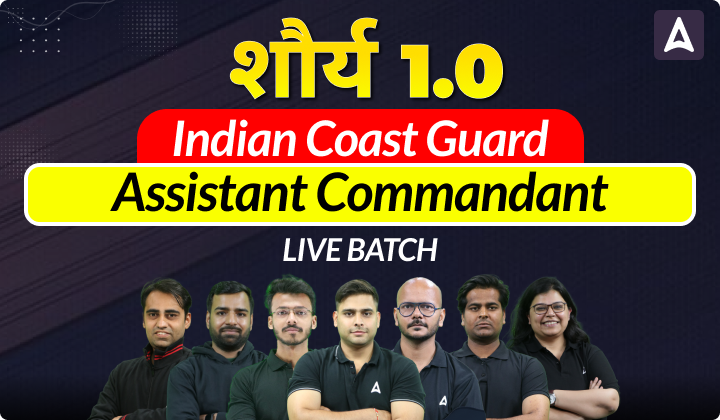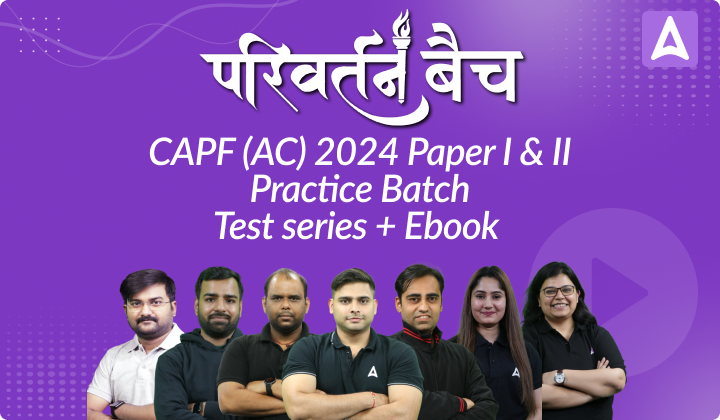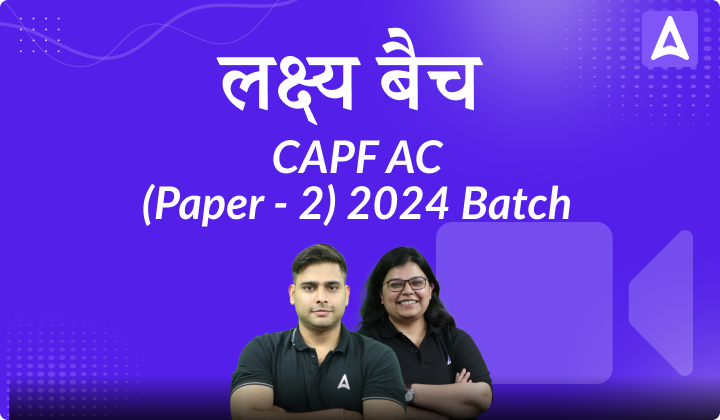Bhagat Singh
Bhagat Singh, born on 27 September 1907, in Banga village near Lyallpur district in Punjab, British India, was a key figure in India’s struggle for independence. He became a notable revolutionary during the Indian independence movement. Early in his life, he joined the Hindustan Republican Association (HRA) and took part in acts against British rule. He was notably involved in the attempted bombing of the Central Legislative Assembly in Delhi. In 1929, he and two companions were convicted of killing British police officer John Saunders. Bhagat Singh was executed at the age of 23 on 23 March1931, in Lahore jail. His actions and sacrifice have made him a lasting symbol of resistance against British colonial rule, inspiring many in the fight for independence.
Bhagat Singh Biography
Bhagat Singh is regarded as one of India’s leading figures in the fight for freedom. His legacy continues to inspire people to stand against injustice and work towards a better future. As a revolutionary, he pursued various radical means to free India from British colonial rule, which was exploiting the country’s resources and oppressing its people. After his death, he was given the title of “Shaheed” (martyr), a term that still holds great meaning.
Bhagat Singh Biography: Early Life and Childhood
Bhagat Singh hailed from a family deeply involved in the freedom movement. His father, Sardar Kishan Singh, was a revolutionary himself, while his uncle, Sardar Ajit Singh, was a prominent leader in the movement. Growing up in such an environment instilled in Bhagat Singh a strong sense of nationalism from an early age. Let us know more about him –
- Bhagat Singh was born in the village of Banga in Punjab which is now in Pakistan.
- He was born in September 1907 in a Sikh family.
- His father’s name was Kishan Singh and his mother was Vidyavati.
- He was highly inspired by his uncle who participated in the Indian Independence Movement along with his other family members and his family was involved with a revolutionary organisation known as the “Ghadar party” led by Kartar Singh Sarabha and Har Dayal.
- At the time of his birth, His father and his uncles, Ajit Singh and Swaran Singh were in prison for resisting the Colonization Bill of 1906 implemented by the British.
- Bhagat Singh joined Dayanand Anglo Vedic High School for his studies.
- He supported the non-violence policy of Mahatma Gandhi but when Gandhi called off the non-cooperation movement after the Chauri Chaura incident, He was against that idea and finally he took the decision of joining the Young Revolutionary Movement.
- By 1923 he joined the National College in Lahore and got himself completely involved in various college activities.
- After joining college, he founded Naujawan Bharat Sabha in 1926.
- He also joined Hindustan Republic Association. Well-known revolutionaries like Chandrasekhar Azad, Ram Prasad Bismil and Shahid Ashfaqallah Khan were also part of the same organisation.
- By 1926, Bhagat Singh became a writer and editor for various Urdu and Punjabi newspapers and also wrote for Kirti which was a journal published by Kirti Kisan Party.
- He was also the writer of another newspaper Veer Arjun under pseudonyms like Vidrohi, Balwant, etc.
Bhagat Singh Biography: Role in the Indian Independence Movement
Bhagat Singh became widely known for his role in the Indian Independence Movement. His influence encouraged younger generations to join the fight for independence, and his writings played a key role in spreading the idea of a free India, leading to widespread unrest. To curb this nationalist sentiment, he was arrested and released five days later on a bond of 60,000 rupees.
Bhagat Singh sought revenge after Lala Lajpat Rai’s death in a lathi charge during a protest against the Simon Commission in 1928. Along with other revolutionaries, he planned to kill Superintendent James Scott, who had ordered the lathi charge on the protestors.
Bhagat Singh Biography: Trial of Bhagat Singh
With the help of revolutionaries like Shivram Rajguru, Chandrasekhar Azad and Sukhdev Tapar, Bhagat Singh planned to assassinate James A Scott but due to some misunderstanding, they killed J. P Saunders (Assistant Superintendent of Police) on December 17th 1928 by mistake. Bhagat Singh knew that he would now be taken into prison so he, with the help of Durgawati Devi who was the wife of HSRA member Bhagwati Charan Vohra immediately left Lahore where he lived anonymously and worked underground for the next couple of years.
In another series of events, Bhagat Singh and a few other members planned to explode bombs inside the Central Legislative Assembly to protest against another bill, the Public Safety Bill and Trade Dispute Act. They did not intend to hurt or kill anyone during the bombing. So as per the plan, On 8th April 1929, Bhagat Singh along with Bakutheswar Dutt threw 3 bombs in the corridors of the assembly by shouting Inquilab zindabad and left after throwing some leaflets there. This incident led to the injury of some members and both were not able to escape from there as the assembly was filled with smoke and they were arrested by the British on the site.
The trial began in the month of June. Bakutheswar was defended by Afsar Ali while Bhagat Singh defended himself. In the final verdict, both of them were held guilty and were awarded the punishment of Life imprisonment. After this particular incident, bomb factories of their organisation, HSRA were raided and renowned revolutionaries like Hans Raj Vohra, Jai Gopal and Phanindra Nath Ghosh were also arrested.
Execution of Bhagat Singh
The court ordered the execution of Bhagat Singh, Rajguriu in Sukhdev in the Lahore conspiracy case. On 23rd march 1931, Bhagat Singh was hanged to death in Lahore jail along with other freedom fighters Rajguru and Sukhdev. They were not even fearful of death, all three were happily singing “inquilab zindabad” while going to the gallows. Due to fear of uproar, Their dead bodies were created in a secretive nature near Ganda Singh Wala village due to fear of uproar by the public.
Still, Britishers faced severe criticism because of the way the trial and execution of Singh happened. The Supreme Court described it as “contrary to the fundamental doctrine of criminal jurisprudence.” The accused was not given an opportunity to defend his case and also the judgement was passed exparte.
Tribute to Bhagat Singh
Bhagat Singh was a follower of Kartar Singh Sarabha who was the founder of the Ghadar Party. He was the preacher of anarchism and communism but he never showed interest in joining any communist party. After witnessing riots between Hindus and Muslims, Bhagat Singh started to disbelieve all the religious beliefs and then he started believing in the theories of philosophers like Lenin and Trotsky. He created a huge difference in the Indian Revolution at such a young age and that inspired youth of the country to participate in the movement.
And this has been proved by the statement of other revolutionaries. Subhas Chandra Bose said, “Bhagat Singh had become the symbol of new awakening among the youths”. Jawahar Lal Nehru also said that “He was a clean and honest fighter who faced the enemy in the open field with a lot of courage. He was like a spark that became a flame in a short time and spread from one end of the country to the other dispelling the prevailing darkness everywhere”
India is owed to freedom fighters like Bhagat Singh who didn’t think twice before sacrificing their youth and life to serve the nation and protect its sovereignty. To honour the sacrifices of Bhagat Singh and to aware coming generations of the contribution of this bold freedom fighter, various steps have been taken by the Indian Government –
- On 15th August 2008, an 18-foot bronze statue was installed in the Parliament of India.
- In the year 1961, India got the Hussainiwala village back where Bhagat Singh was cremated, by exchanging it with 12 other villages in Pakistan.
- In 1968 a Martyrs memorial was built at the cremation spot. It also has memorials of Singh, Rajguru and Sukhdev.
- During the 1971 war of India-Pakistan, the memorial was sabotaged by the Pakistani army. It was again rebuilt in the year 1973.
- The Bhagat Singh memorial was built in Khatar Kalan in the year 2009.23rd March is observed as ‘Martyrs’ Day’ or ‘Shaheed Diwas’ or ‘Sarvodaya Day’ in honour of Bhagat Singh, Rajguru and Sukhdev.

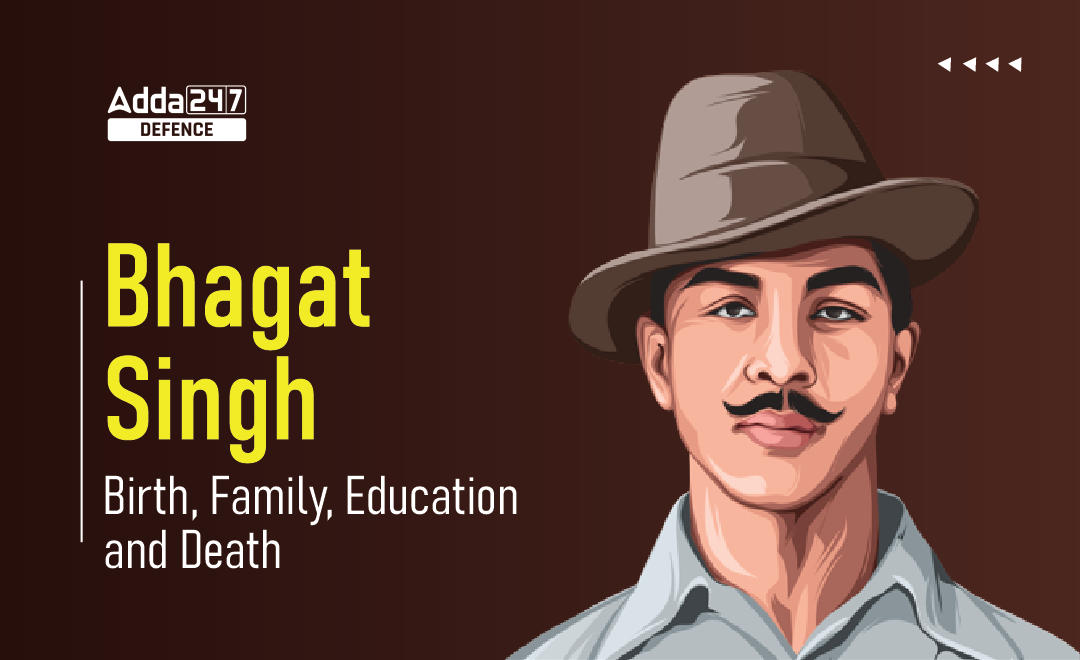


 CDS Exam Pattern 2025, OTA, IMA, INA and...
CDS Exam Pattern 2025, OTA, IMA, INA and...
 Indian Coast Guard Navik Selection Proce...
Indian Coast Guard Navik Selection Proce...
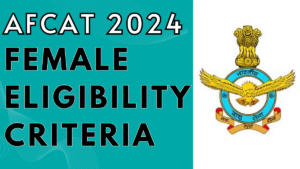 AFCAT Females Eligibility Criteria, Know...
AFCAT Females Eligibility Criteria, Know...

